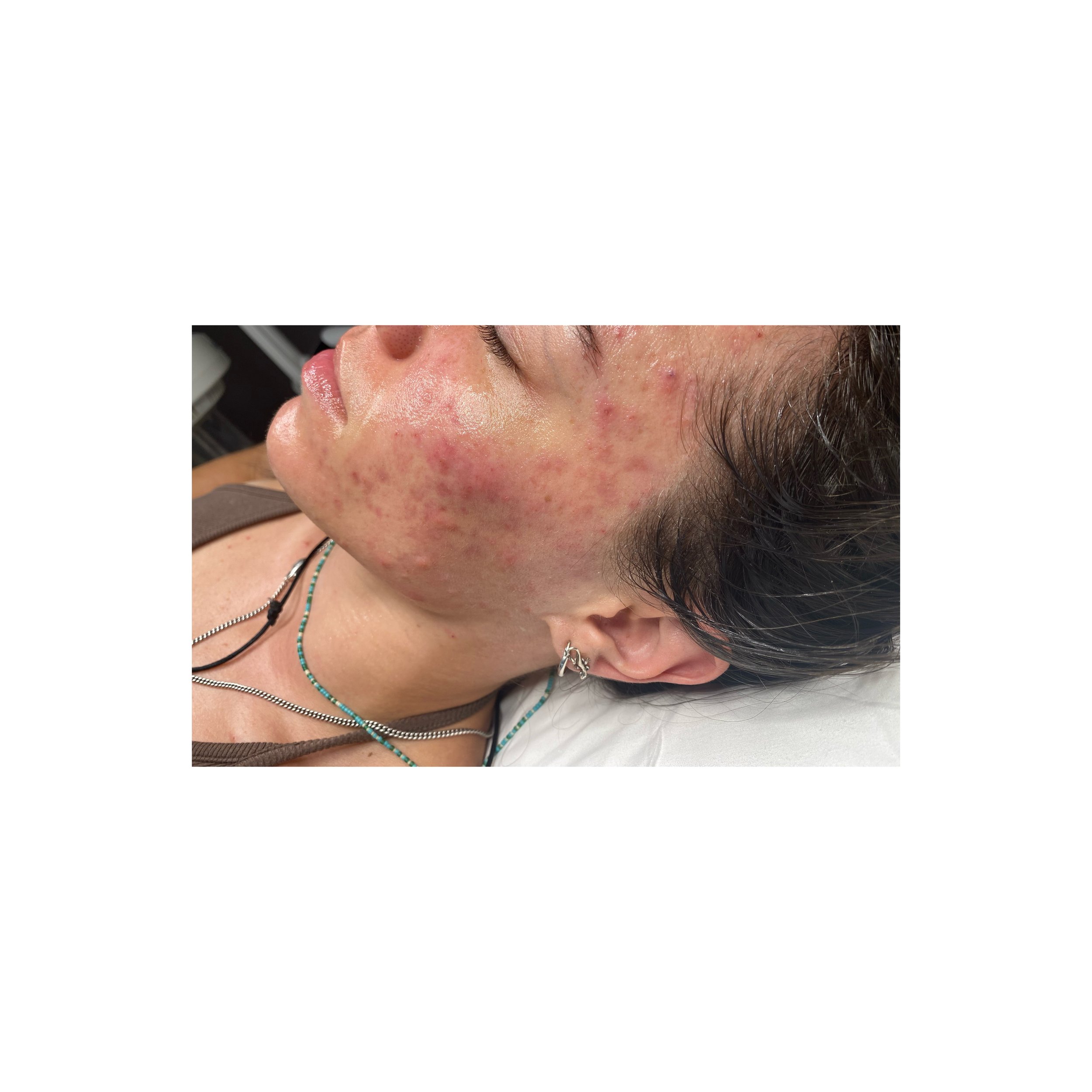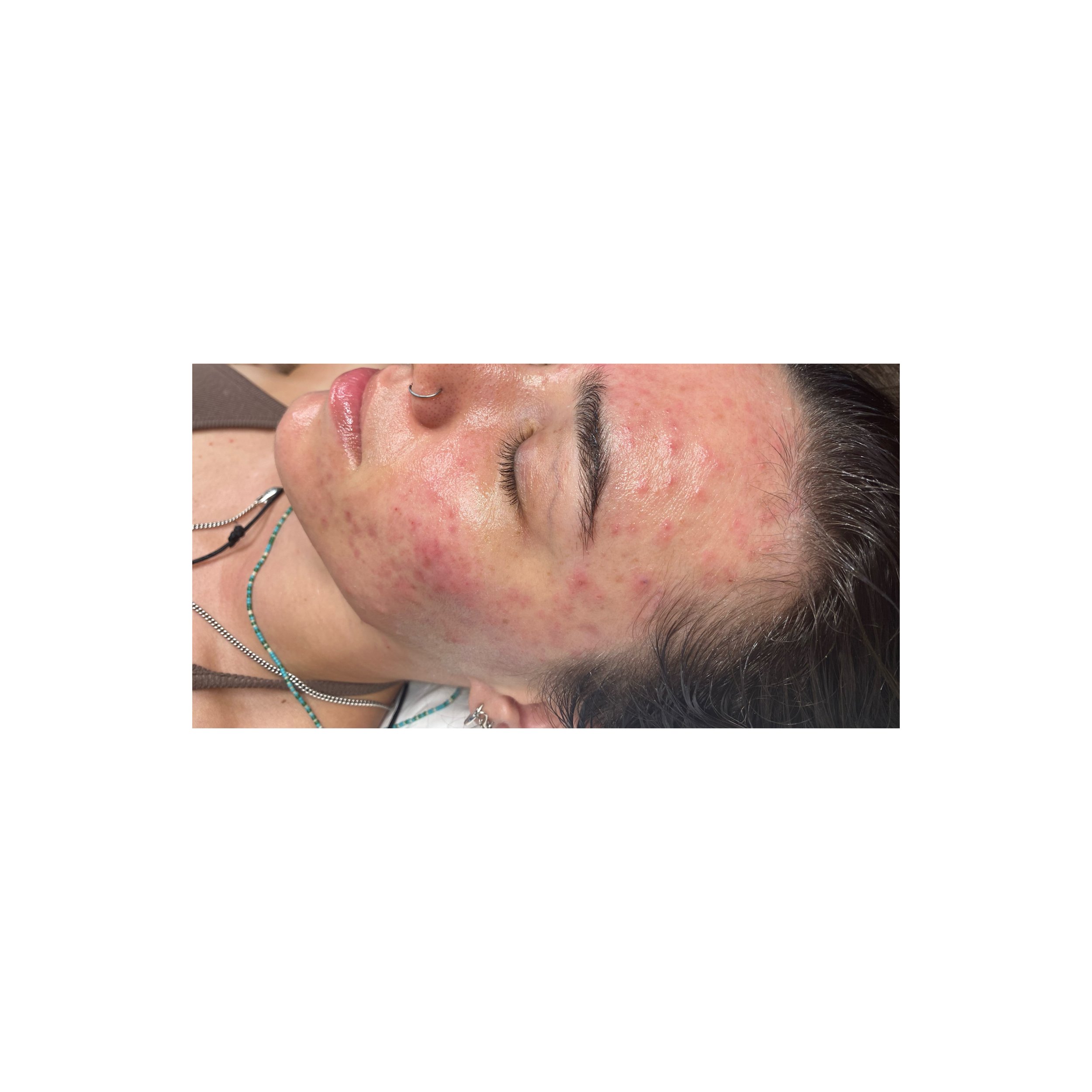Acne Medication Dosages And Treatment Time Frames
UPDATE: PATIENT O.
I published a blog about Patient O. back in July of 2022 titled: Working On Difficult Skin Can Be Humbling.
I explained how she had been struggling with acne for an extended period of time and no treatment, skincare regimen nor topical prescription(s) seemed to clear it. We tried for months with various approach methods, however, we were unsuccessful.
I am a proponent of addressing skin disorders and infection topically before considering an oral medication. Most times, a skin infection or disorder can be rectified topically. Additionally, the patient's environment, exposure and habits must be addressed and in alignment too.
After months of having little to no success with treating her acne, I advised Patient O that she may want to consider an oral medication(s), as we exhausted all alternatives. I walked her through what is typically prescribed for acne.
The most common orals medications prescribed are as follows:
Doxycycline or Minocycline- antibiotic
Spironolactone is a potassium-sparing diuretic used to treat high blood pressure that was originally introduced in 1959. However, for the past 20 years or so, it has also been utilized as an acne medication for women, as it slows the production of androgen hormones that may cause acne.
Accutane- oral retinoic acid
I discussed the typical side effects many experience with oral medication, as there is frequently a trade off. I recommend she advocate for herself for the best possible outcome, encouraging her to be vocal with her prescriber, as to have a say in her treatment plan, mentioning any concerns or questions she may have.
Acne is not a money maker for the medical community nor is it life threatening. therefore, it can be approached in a very trivial manner, without much thought or dialogue.
Medication dosages and treatment time frames not only vary but they have a substantial impact on the success ratio when treating acne.
If prescribed thoughtfully, oftentimes it results in a high success rate and treatment concludes with one course versus multiple tries because the treatment time wasn't long enough or the dosage was ineffective.
Patient O was diagnosed with Moderate to Severe Inflammatory/Hormonal Acne.
She was prescribed the following:
Clindamycin 1% (mild, topical antibiotic) treatment time frame: 4 months.
Tretinoin 0.025% (retinol, topical) treatment time frame: 6 weeks.
Doxycycline 200 mg per day, treatment time frame: 3 months.
I truly believe that Patient O’s willingness and determination to take the drivers seat at her appointment with her physician led to her success.



